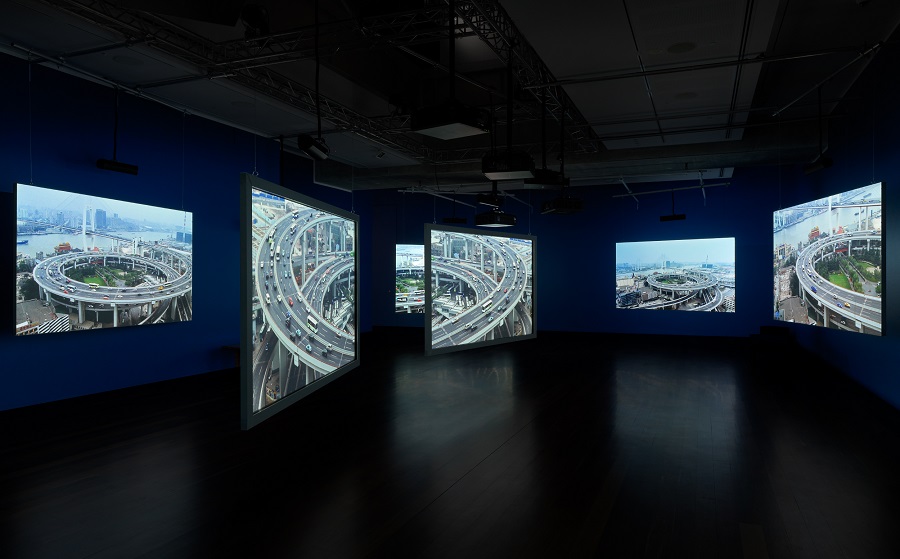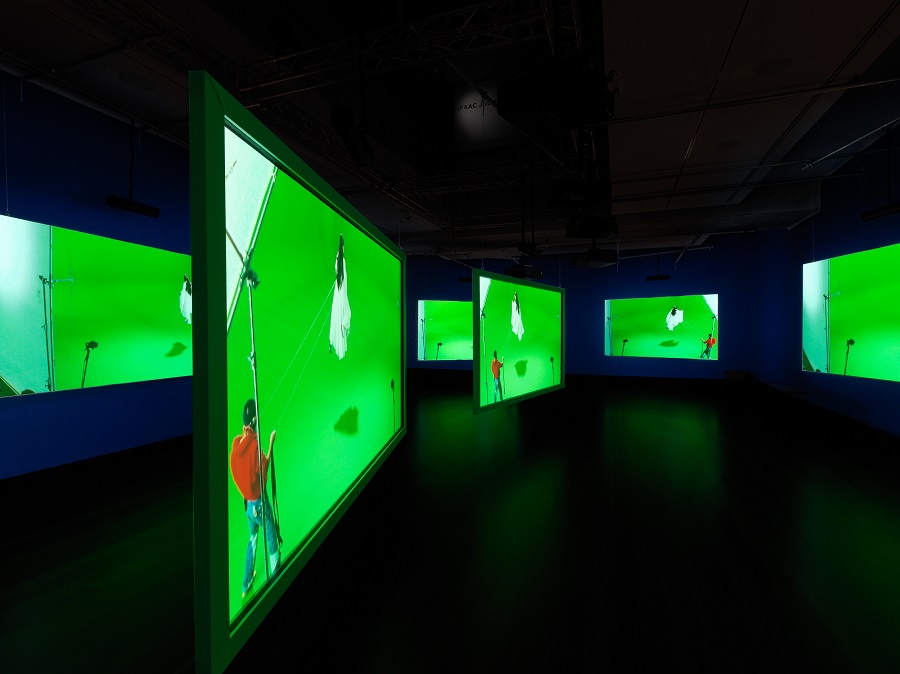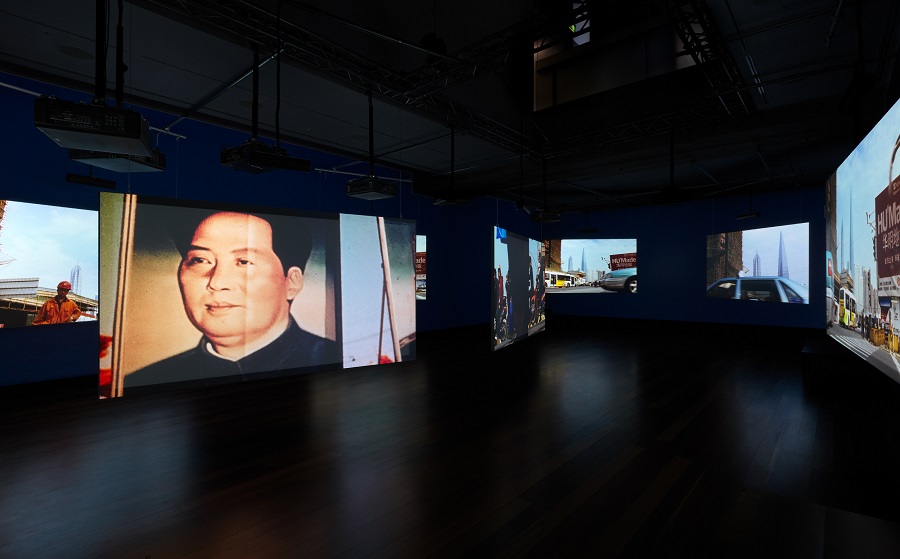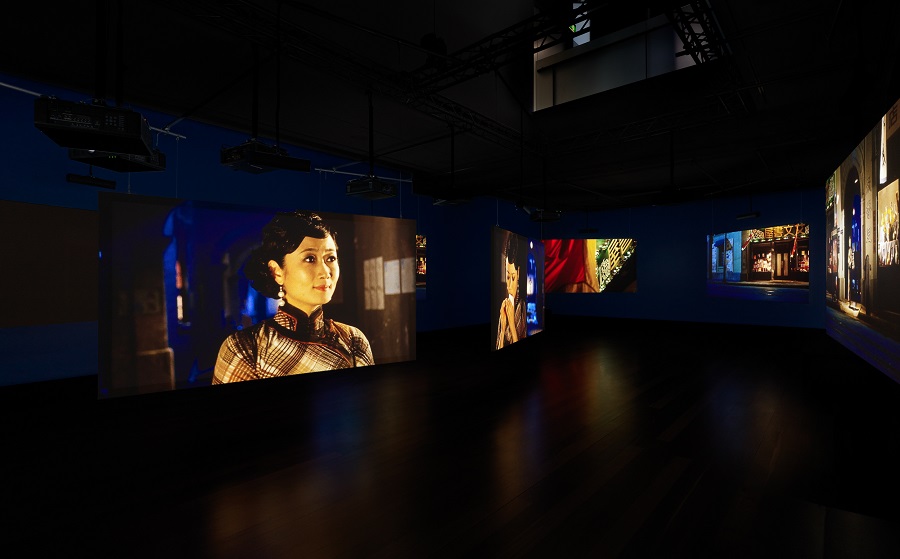2022 - Isaac Julien: Ten Thousand Waves
Isaac Julien: Ten Thousand Waves / 4 March — 27 May 2022
Image: Isaac Julien, Ten Thousand Waves, 2022, installation view, Samstag Museum of Art, University of South Australia. Photography by Grant Hancock.
Isaac Julien is one of Britain’s most influential and critically acclaimed contemporary artists, renowned internationally as a pioneer of multi-screen moving image installations. He draws upon film, dance, music, theatre, painting and sculpture to create a distinctive poetic language through which he elaborates on class, race, sexuality and cultural histories.
Samstag Museum of Art is proud to partner with our peers at John Curtin Gallery to bring three works by this important artist to Australia for the 2022 Adelaide and Perth Festivals. The two venues each present Julien’s seminal work Ten Thousand Waves (2010), with Samstag and Curtin playing host to the Australian premiere of two recent installations: at the former, A Marvellous Entanglement (2019), while the latter exhibits Lessons of the Hour (2019).
Ten Thousand Waves was shot on location in China, a work prompted by the Morecambe Bay Tragedy of 2004, in which over 20 Chinese cocklepickers died working in the waters of the United Kingdom. In response to this tragedy, Julien invited the poet Wang Ping to come to England, a trip that resulted in the poem Small Boats. Following this commission, Julien spent time in China working to understand the country and its people’s perspectives, uncovering a body of research from which stemmed a work that explores modern and traditional Chinese values and superstitions.
Working with some of China’s leading artistic voices (legendary Chinese actor Maggie Cheung; rising star of Chinese film Zhao Tao; poet Wang Ping, whose commissioned work Small Boats is quoted in the film; master calligrapher Gong Fagen; artist Yang Fudong; acclaimed cinematographer Zhao Xiaoshi; and a 100-strong Chinese cast and crew), Julien retells the fable of goddess Mazu, of the Fujian province, the same region where the Morecambe Bay cockle-pickers originated. Mazu’s legend tells of a group of fishermen lost at sea who were led to safety by the goddess. Using this fable as a starting point Julien, deftly draws poignant connections to the present-day tragedy of Chinese migrants who died struggling to survive in the cold seas off the north of England. Across nine screens, the work poetically weaves together China's ancient past and present, exploring the movement of people across countries and continents and meditating on unfinished journeys.
Catalogue essay by Ben Luke with introduction by Erica Green.

Image: Isaac Julien, Ten Thousand Waves, 2022, installation view, Samstag Museum of Art, University of South Australia. Photography by Grant Hancock.

Image: Isaac Julien, Ten Thousand Waves, 2022, installation view, Samstag Museum of Art, University of South Australia. Photography by Grant Hancock.

Image: Isaac Julien, Ten Thousand Waves, 2022, installation view, Samstag Museum of Art, University of South Australia. Photography by Grant Hancock.

Image: Isaac Julien, Ten Thousand Waves, 2022, installation view, Samstag Museum of Art, University of South Australia. Photography by Grant Hancock.